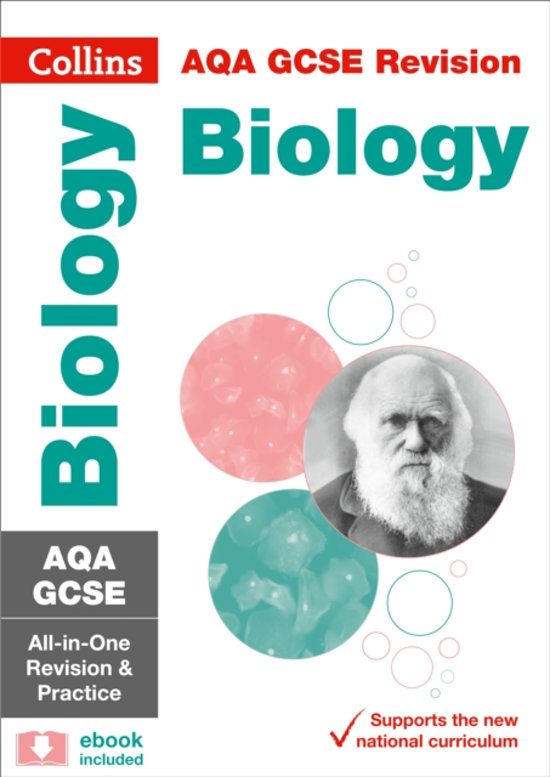3.
Using the human digestive system as an example, how the organs in an organ system rely on each other to function properly. 6 marks
Answer: Each part of digestive system relies on preceding parts.
Stomach relies on mouth, teeth, and salivary glands to deliver chunks of
chewed food.
Small intestine depends on stomach to continue digestive process
and on enzymes made by pancreas to help with the digestive process.
Large intestine can only deal with remains of food already digested in
the small intestine (soluble molecules absorbed into blood, leaving
waste material and water),
absorbing water and removing faeces from body.





